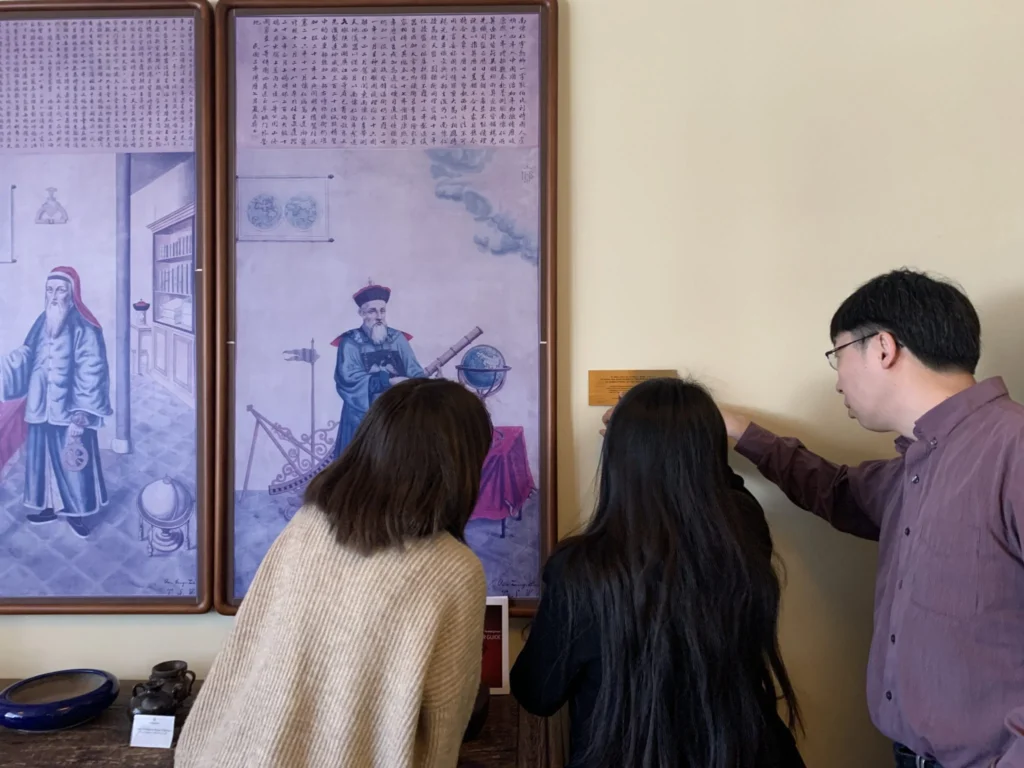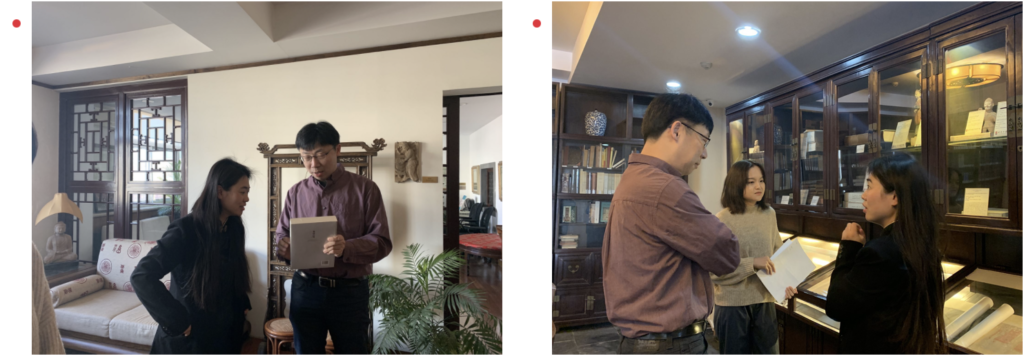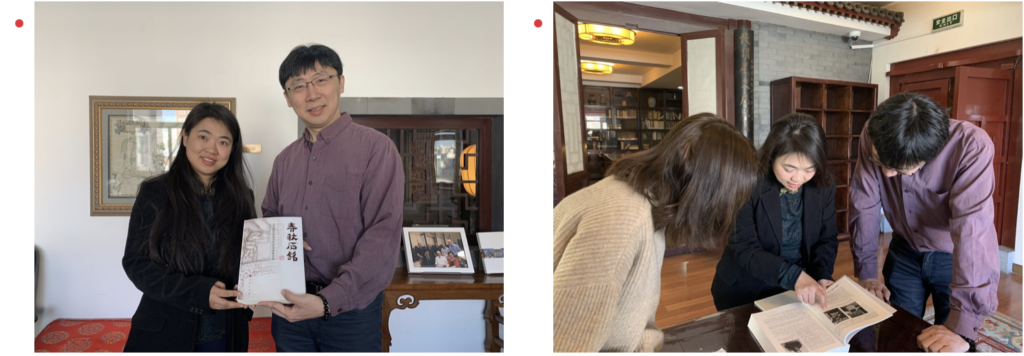
Thomas Michael: Nature as a Guidepost to Begin the Study of Daoism
Recently, Thomas Michael, a professor at The Beijing Center (TBC), was interviewed our staff and shared with us his perspective on studying Daoist thought and living in China. Professor Michael is a researcher at the School of Philosophy at Beijing Normal University.




